Read this in [est_time]
The Mercado do Bolhão is closed and under construction works since the 28th of May, 2018. During the two years that will take for this work to be completed, 100 of the current 140 sellers will remain in the renewed market. Out of these hundred, 84 will be relocated to the temporary Mercado do Bolhão, which opens on the 2nd of May of 2018 and located is the -1 floor of the shopping mall La Vie.
Now all you have to do is pay them a visit!
THE HISTORY OF MERCADO DO BOLHÃO
In the early 19th century, the Porto’s City Hall acquired a plot of land in the centre of the city, where the Mercado do Bolhão would end up being installed. Initially, this land didn’t sport the best conditions, and it was actually a slough, where several courses of water ran by. But it was from these precarious conditions that a reference was born, and still prevails. Legend has it that the abundance of water came from a spring that formed bubbles (bolhas), very large bubbles (bolhões).
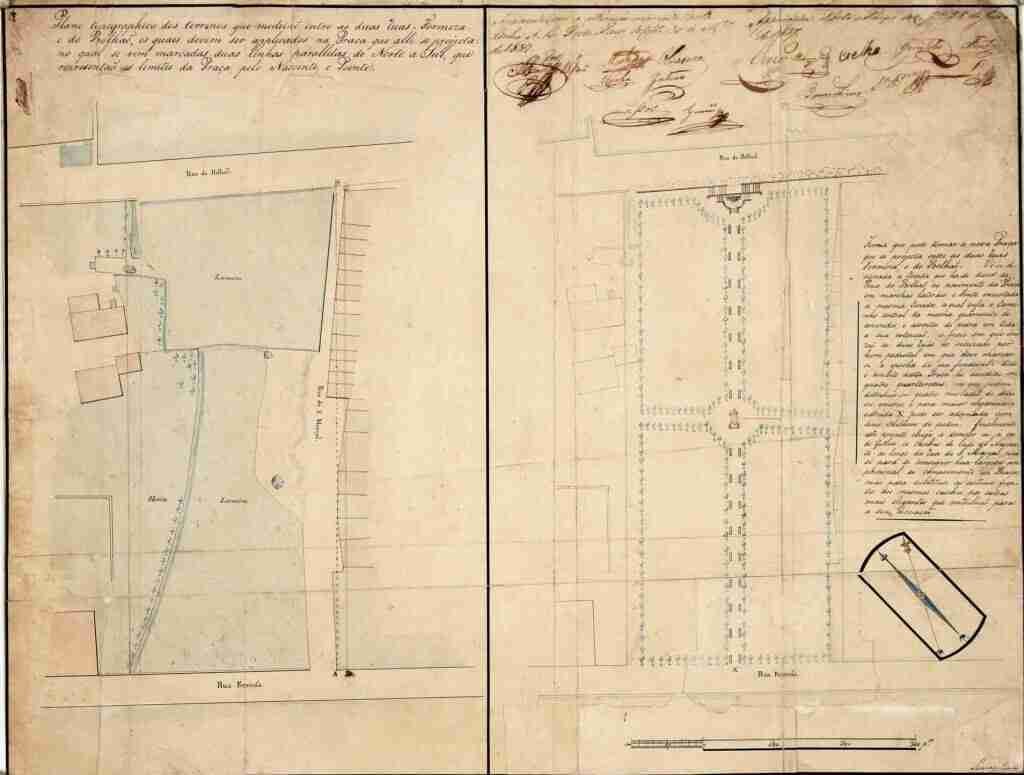
Before it was known as Mercado do Bolhão, it was in this place that several merchants installed themselves and started to design the beginning of this typical market. The market’s strong popularity, as well as the need for Porto to have a central market to supply the city, gave the impulse to several improvements. By the early 20th century, there a presentable open market, composed by stalls and sided by iron fencing was frequented by all classes of Porto’s society.
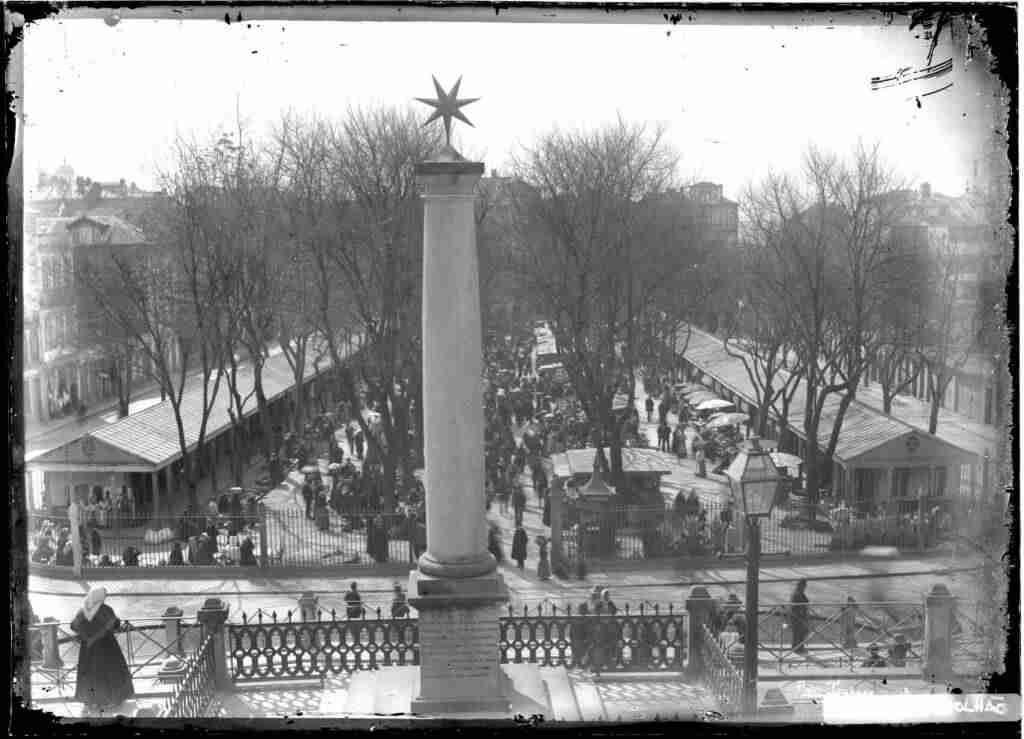
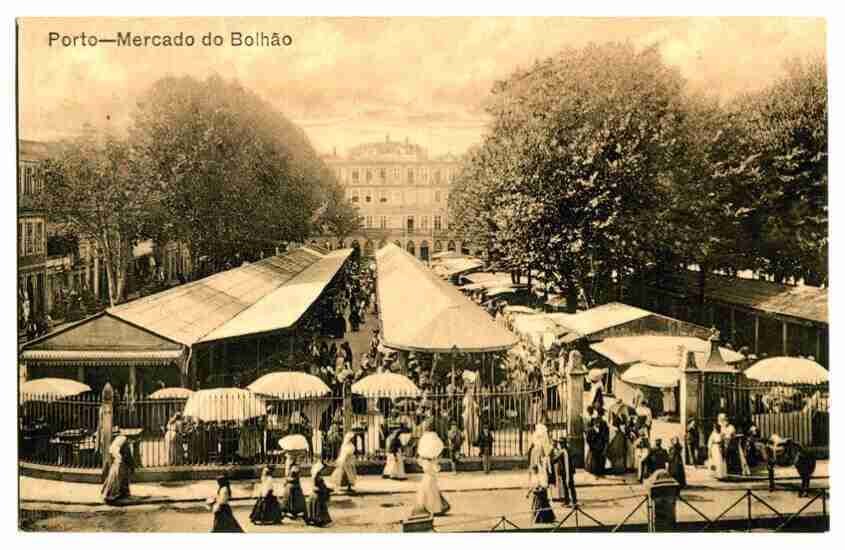

In 1914, following a neoclassical-inspired project by Architect António Correia da Silva, that the construction of the current building of Mercado do Bolhão began. It was, at the time, a pioneer work in the country and throughout Europe, as the First World War was invading Europe, and this admirable commercial space was a moral booster for the inhabitants of Porto. After all, Porto has always been a gastronomical capital. The Mercado do Bolhão, either due to its dimension, location or purpose, gathered unique conditions for the sellers (at the time only comparable to Mercado Ferreira Borges), which marked a new era in Portugal concerning the way in which food products were sold.

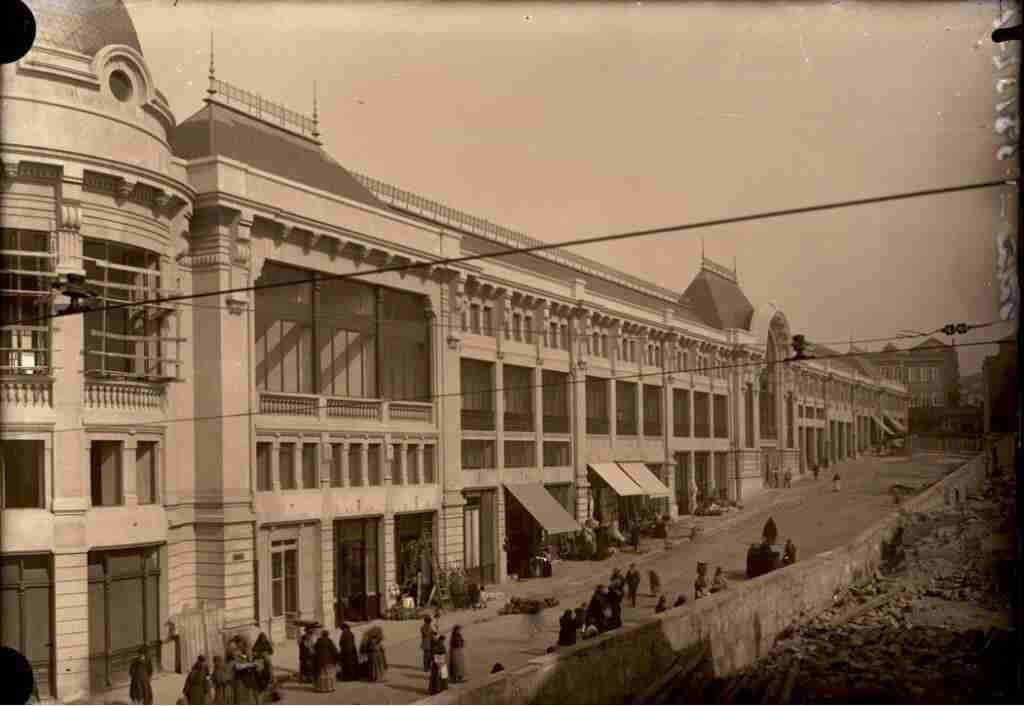
Today
In spite of the physical degradation in which the Mercado do Bolhão finds itself, it is the perseverance of the sellers that preserves the character of genuine traditional commerce. The Mercado do Bolhão, where digital scales are not on the rise and the sellers have been the same for decades, is still the frontrunner of Porto’s food markets.
The market starts selling early, and by the afternoon some stalls have closed and some products have sold out. You can find everything here, and the offer is diverse and specialized. Of course, you won’t pass unnoticed, as some sellers like to make a friendly call out to passers-by, be they Portuguese or foreigners. The sellers cohabit peacefully with the large portion of visitors that are only there to observe and take pictures. Actually, they’re so nice that they’ll even stop or take a detour so they won’t ruin a picture.



While you walk this market’s corridors you’ll soon understand the devotion of the sellers towards their products, by the way in which they organize and tend to their space.
At the stalls of the greengrocers, you’ll surely be mesmerized by the colours and aromas of the ripe, seasonal fruit. There are also plenty of options for vegetables, but the season dictates when we’ll see things like rabe and several types of cabbage and kale. You’ll also pass by the egg and the olive stall, where olives of all shapes, sizes, and flavors swim in buckets of brine. You can’t miss the stalls that sell dehydrated legumes, such as lupin, fava beans, and other beans, stored in burlap bags and weighed with old wooden measure boxes, just waiting to be soaked and transformed into tripas à moda do Porto.
The butchers and charcuteries are an essential part of the market, as for example are the Talho Nº1 and Nº2, Salsicharia Leandro, Salsicharia Branquinha or D. Maria Pinto’s Salsicharia, where the selection of fresh meats primes for all parts of the animal. It is quite common to observe the butcher with rolled up sleeves, hands immersed in a bowl with the mix that will later end up inside the sausages and enchidos that hang on the ceilings and counters. It’s surely a show worth watching, and it also guarantees the freshest floured tripe (tripa enfarinhada) you can get your hands on.
The market is plentiful with fishmongers, the displays are cared for as if they were aquariums, and the fresh scent of the sea invites all passersby to take a closer look. The fish is good, black-eyed and fresh-gilled, sometimes seasonal, such as lamprey and allis shad, and always fresh and prepared on demand. There are also several stalls that sell frozen food, mostly oriented towards marine products, that offer great value in frozen fish, seafood and snacks.
At the market’s bakeries, such as D. Madalena’s and D. Rosa Pereira’s, you’ll find sensationally sculpted regueifas (a long white bread with a crisp crust and a soft interior) and broa de milho and broa de Avintes that are so fresh and delicious that’ll you’ll keep coming back. There is also the “chicken Lady”, which has for decades sold pigeons, ducks, geese and also Portuguese breeds of chicken, in old-fashioned market cages.
Those with a green thumb will smile at the colourful nature brought by the plant and flower sellers. You can order flower bouquets in advance, and also, make an order for special and seasonal flowers, such as the small and beautiful perfumed violet bouquets.

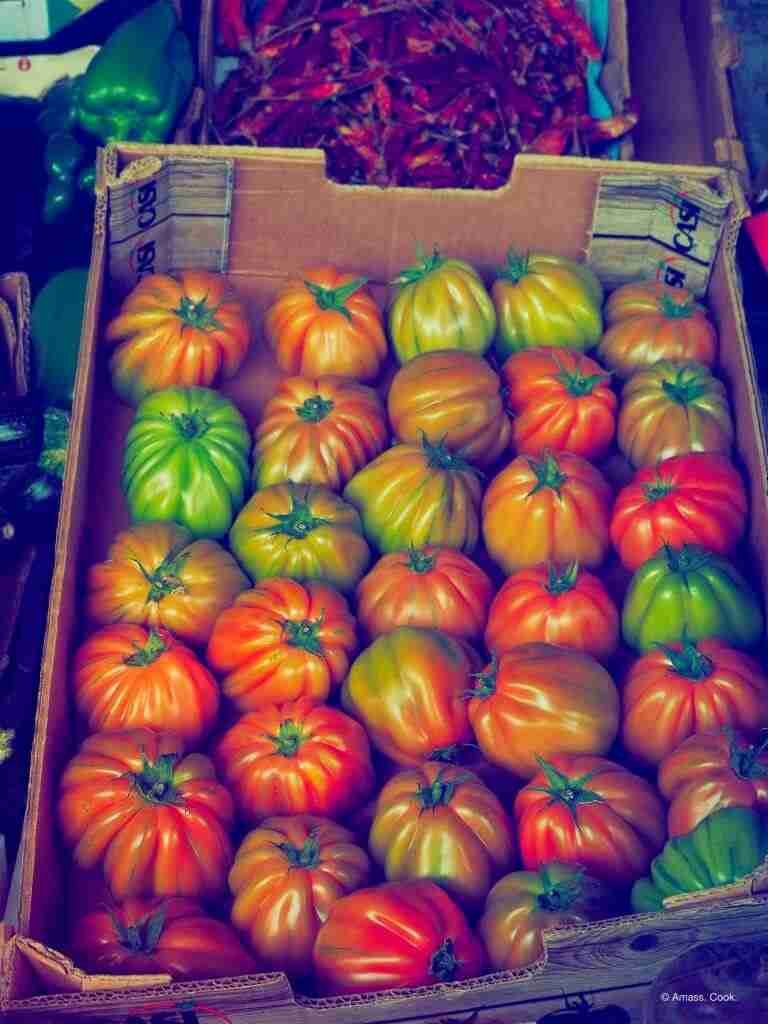



But all this is just for those who wish to shop since the market also offers good places to have lunch. At the entry floor, you have the restaurant D. Gina and the Cafetaria Pintaínho, both offering a filled with lively customers and affordable daily specials. If you head upstairs you’ll find the famous Nelson dos Leitões, from where delicious roast piglet sandwiches fly from the kitchen.

We know that a sight dominated by scaffoldings isn’t the biggest attraction, but maybe this unfortunate disarray has somehow ironically contributed towards keeping Mercado do Bolhão authentic, a symbol of Portuense resilience. Here you’ll always find the right suggestions to give use to the produce, and there is a warm and close environment with the sellers and their causes. The Mercado do Bolhão is alive and well. Whenever you’re nearby, come inside and shop: you’ll find everything you need. Support local and traditional commerce, we guarantee you’ll love it.



THE FUTURE OF THE MERCADO DO BOLHÃO
The rehabilitation of Mercado do Bolhão is about to be underway. The posture of the City Hall towards the fate of this market has suffered various changes, and while the intention of demolishing the building is now a thing of the past, there are still some unclear decisions as to what the future holds for the sellers and the market as we know it. The construction should start this year, based on a rehabilitation project by the Porto City Hall’s technicians and a team led by Architect Nuno Valentim, with a budget that slightly surpasses 20 million euros.


In a city where the historical centre is considered a World Heritage Centre by UNESCO, not attending the utmost attention towards the preservation of the centenary architectural features of the Mercado do Bolhão is something that will permanently impact future generations, that will grow up with less and less Porto around them. It is sad that the rehabilitation project contemplates the demolition of Bolhão’s beautiful stalls, designed by Architect José Teixeira Lopes, and possibly will also ignore the preservation of other of the market’s original features.
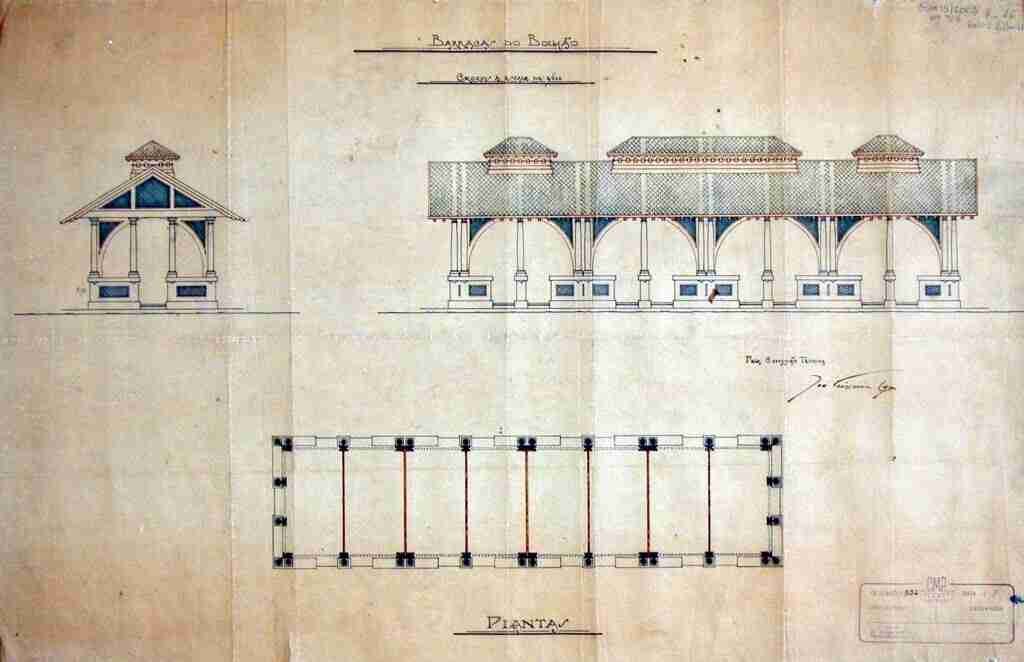
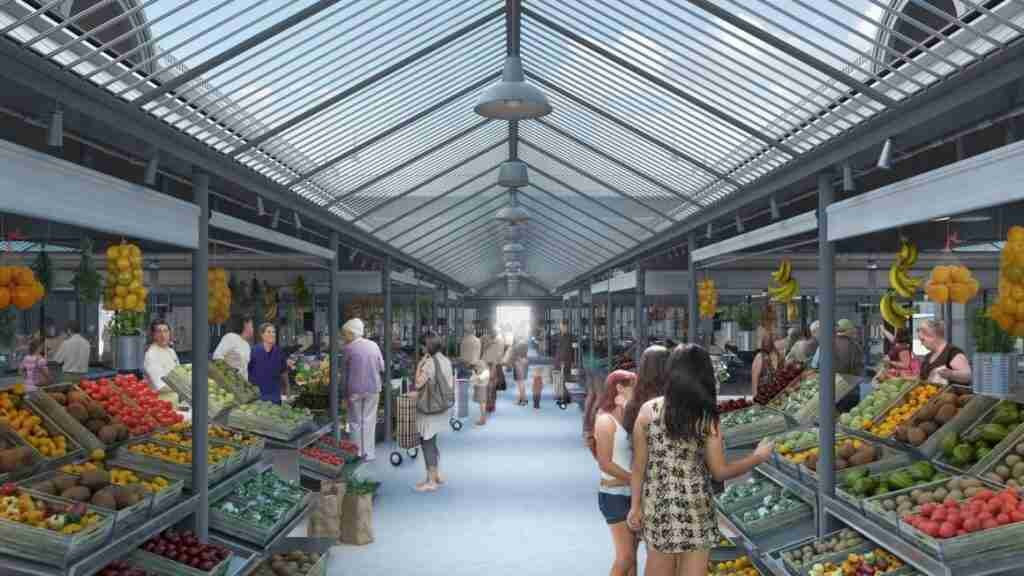

What’s at stake? It’s uncertain what the long term effect of the 2 years relocation of the vendors to the temporary Mercado do Bolhão will be, however, it is certain that they will have better working conditions but will also be more hidden from passer-by costumers. The city hall is making an effort to keep the legacy of Bolhão’s vendors alive, in an attempt to avoid the total transformation of this food market into a covert shopping mall. Unfortunately, wrong decisions of the past made in the rehabilitation of one of the city’s other food markets (Mercado do Bom Sucesso) transformed it into the so-called mall food court, with a complete absence of traditional vendors. In the long term, these decisions can make or break the fragile symbiosis between local producers and the eager buyers from the city center. Meanwhile, the loss of architectural heritage has been ignored, allowing the destruction of Bolhão’s typical stalls. These unique specimens were built with diverse materials and expressed oriental and neogothic features, and are a treasure that should have been preserved as a symbol of the market’s authenticity. Sadly, they’ll only live on in the memory of those who have visited Bolhão in the past, and in the imaginary of those to come.
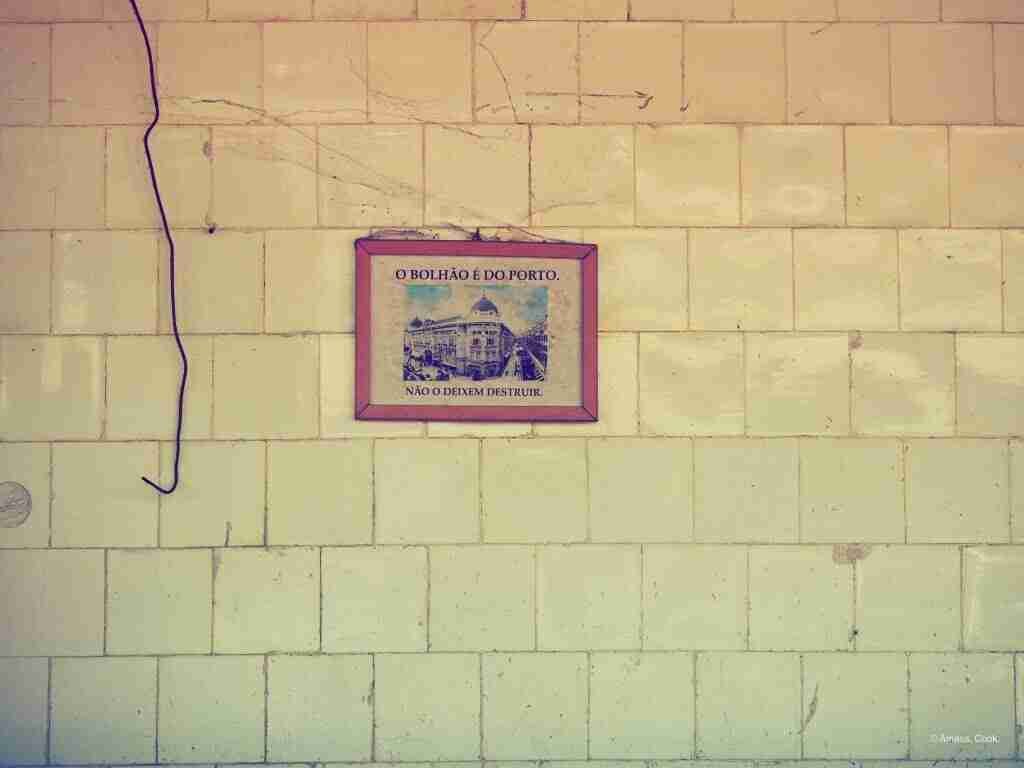
SOURCES: ARQUIVO MUNICIPAL DO PORTO


Luis Sena Esteves
Excelente trabalho.
Gail at Large
The most thorough article I have ever read about Mercado do Bolhão.
Amass. Cook.
Thank you very much, Gail. We hoped it would help shed some light on what’s going on with the market, as people tend to forget its importance since this rehabilitation / demolition / uncertainty thing has been dragging on for years.
Gail at Large
I think people also forget how slowly the process for public works can be… when I mention the market to some people, they don’t seem to believe anything is actually going to happen until they see a wrecking ball.
Amass. Cook.
That’s very true. By what I’ve read, the works that will take place this year will focus mostly on repiping and moving the course of the Rio de Vila from underneath the market down to Rua Sá da Bandeira, as well as preparing the subterranean facilities. And I expect the construction itself to be longer than the estimated 2 years…
Daniela Longo Gargiulo
Espetacular cobertura jornalística! Obrigada por ensinarem mais sobre a história dessa linda cidade e principalmente por estarem ao lado dos pequeninos que muitas vezes são engolidos em nome da modernidade. Bruno e Maria são exemplos de uma juventude consciente e politizada que não abre mão do que é essencial nos espaços urbanos: as pessoas!
Avante! Muito trabalho a fazer..
Dalila da Silva Ribeiro Martins
Fantástica a ideia da recuperação de tão belo mercado de alimentação .Frequentei este mercado desde os meus dez anos e uma das mais saborosas coisas que comi até hoje,era a boroa de Valongo. Estou encantada pelo edificio estar a ficar tão bonito.Dava-me pena olhar e vê-lo em tão mau estado.Mal posso esperar pela sua inauguração.Poder voltar a frequentá-lo.Sou pouco apreciadora dos centros comerciais actuais,chiques demais para meu gosto.Este é um mercado especial ,pois os alimentos são as compras mais importantes e de preferência frescos. Grata por poder ver os vendedores que estão no centro comercial La Vie.As condições são excepcionais ,fazem-me recordar alguns mercados que conheço na cidade de Stuttgat,Alemanha.Sempre que lá ia fazia-me lembrar o Bolhão.Achava que os vendedores deveriam ter as condições que lá via.É o que irá acontecer pelo que vi no projecto.Estou encantada por mais um belíssimo edificio que vai mostrando como está a ficar espectacular.Este meu Porto,é uma bela cidade,cheia de encantos.